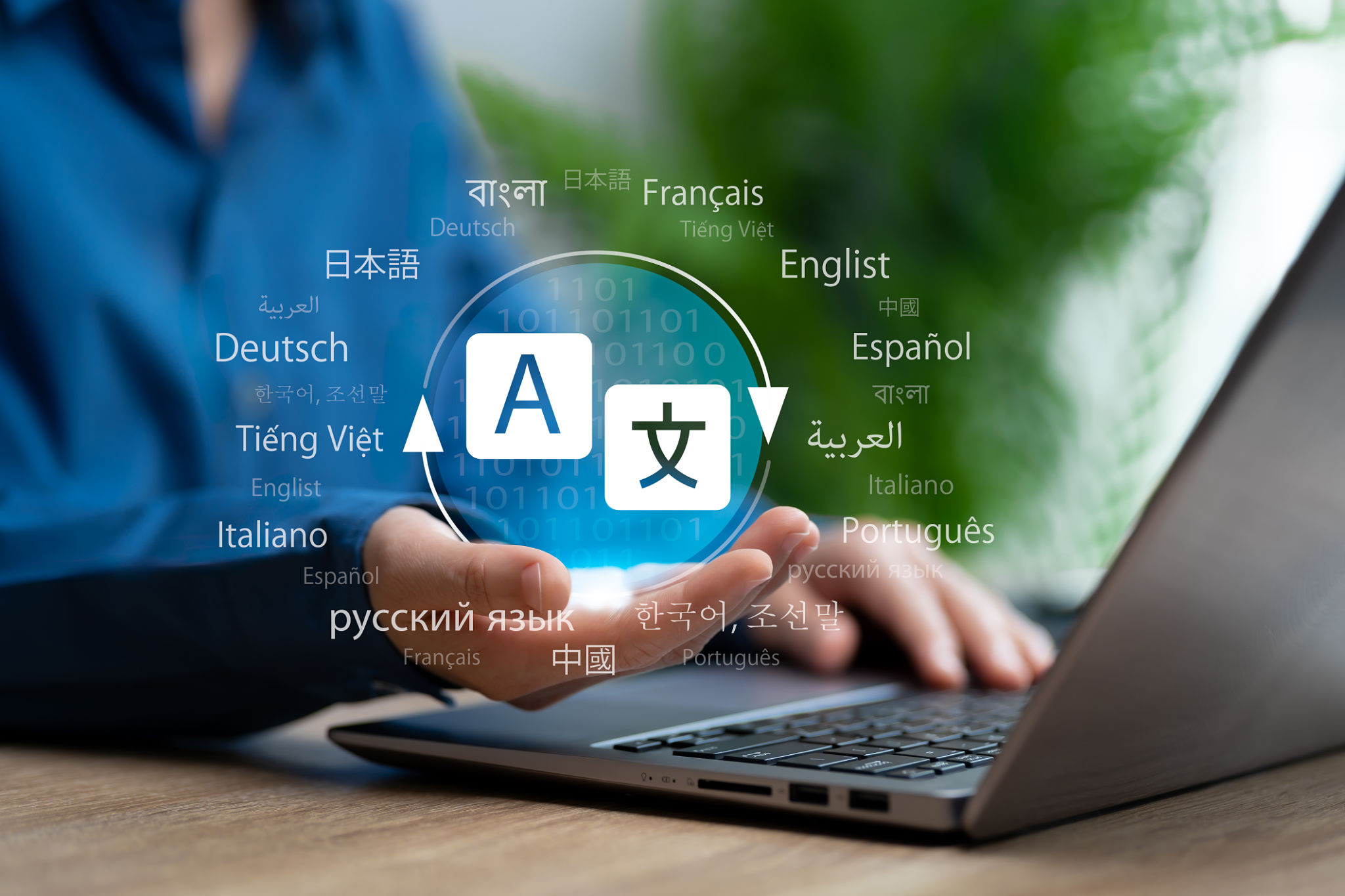The Challenges and Solutions in Russian to Estonian Translation
UR
Understanding the Complexities
Translating from Russian to Estonian presents unique challenges due to the linguistic and cultural differences inherent in both languages. While Russian is a Slavic language, Estonian belongs to the Finno-Ugric language family. This distinction leads to differences in grammar, syntax, and vocabulary, making direct translation often ineffective.
The cultural context also plays a significant role. Russian has a rich history and cultural nuances that may not have direct equivalents in Estonian. Translators must navigate these subtleties to maintain the integrity of the original text.

Grammatical Differences
One of the primary challenges is the grammatical structure. Russian is an inflected language, meaning that the meaning of a sentence often depends on word endings. In contrast, Estonian relies on word order to convey meaning, which can lead to potential misunderstandings if not carefully managed.
Additionally, Russian uses the Cyrillic alphabet, while Estonian uses the Latin alphabet. This fundamental difference in writing systems requires careful attention to detail during the translation process.
Solutions to Grammatical Challenges
To address these issues, translators often rely on a deep understanding of both languages' grammatical rules. They may also use translation software that can help identify potential pitfalls, although human oversight is essential to ensure accuracy.
Moreover, professional development and continuous learning are crucial for translators to keep up with linguistic trends and changes in both languages.

Vocabulary and Idiomatic Expressions
Vocabulary presents another challenge. Russian has many idiomatic expressions that may not have direct translations in Estonian. These expressions often carry cultural significance that can be lost if translated literally.
Translators must find equivalent expressions in Estonian that convey the same meaning or, in some cases, provide explanations to maintain the original intent.
Overcoming Vocabulary Challenges
One effective approach is to collaborate with native speakers of both languages. This collaboration can provide insights into cultural nuances and help find suitable equivalents for idiomatic expressions.
Additionally, building a comprehensive glossary of terms and expressions commonly encountered in translations can aid in maintaining consistency and accuracy.

Technological Aids in Translation
Technology can be a valuable ally in overcoming translation challenges. Machine translation tools and computer-assisted translation (CAT) tools can help streamline the process, although they should not replace human expertise.
These tools can assist in managing large volumes of text and ensuring consistency across documents, but the nuances of language often require a human touch to ensure that the translation feels natural and engaging.
Balancing Technology and Human Expertise
Successful translation often involves a balance between leveraging technology and applying human judgment. Translators need to critically assess machine-generated translations and make necessary adjustments to ensure quality and accuracy.
Ultimately, the goal is to produce translations that not only convey the intended message but also resonate with the target audience in a culturally appropriate manner.
